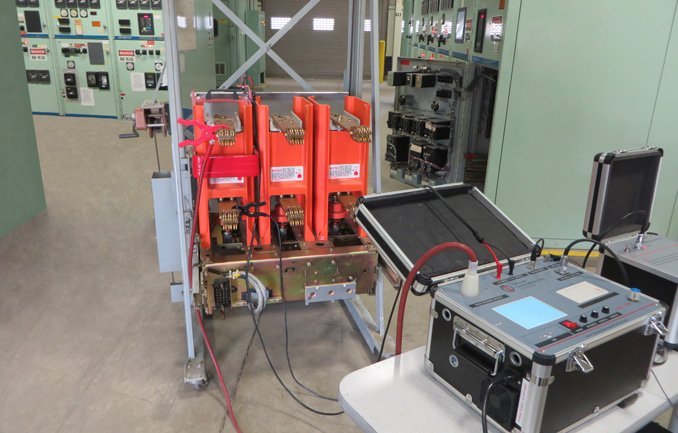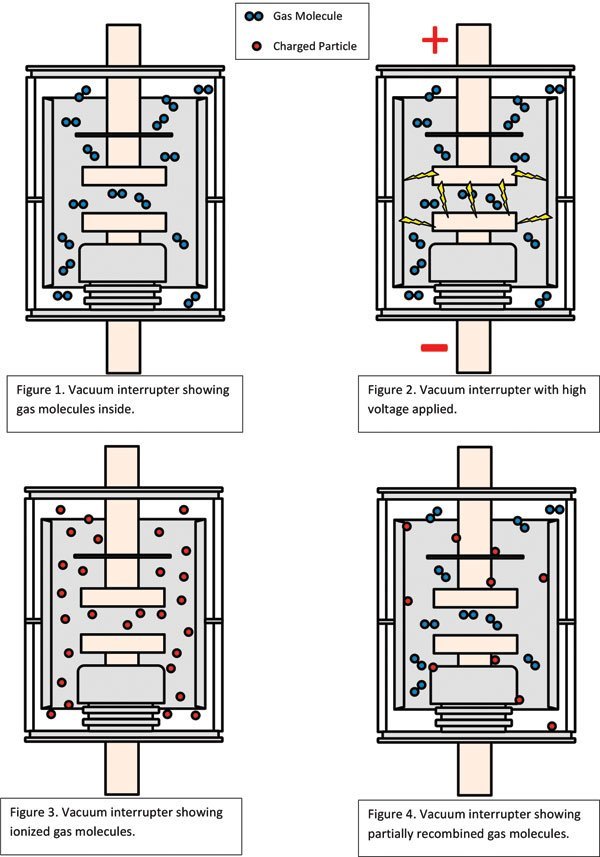Circuit Breaker Sales NE has the technical and engineering staff on hand to professionally repair, remanufacture and recondition your electrical equipment to OEM and industry standards, including:
- Circuit Breakers
- Switchgear
- Motor Controls and Contactors
- Load Break Switches
- Protective Relays
- Power Transformers
- Renewal and Replacement Parts
- Electrical Equipment Shelters
- Remote Racking and Switching Systems
Depending on our customers’ equipment needs, CBS provides a range of remanufacturing, reconditioning, and repair services for all types of electrical equipment. Our remanufacturing services include the disassembly, visual and mechanical evaluation, component replacement or reconditioning, testing both before and after the remanufacturing process, all standard maintenance procedures as dictated by the OEM, and full documentation of test results and equipment performance after the remanufacturing process is completed. This ensures that your equipment will perform as well or better than it did when it rolled off the assembly line.
Test and Inspect involves a close examination of equipment to determine what steps are necessary to return the equipment to safe operating condition. Experienced technicians provide a complete diagnosis, recommend repairs and replacement parts, and typically follow up with a Recondition or Remanufacture service depending on customer needs.
Reconditioned equipment is partially disassembled to ensure that there are no mechanical/electrical issues, cleaned and lubricated, and restored as necessary to ensure that the equipment is free of defects that affect its primary function. Cosmetic defects which do not affect operation are not restored. Reconditioned equipment will perform as expected for the remainder of its service life.
Remanufactured equipment is fully disassembled to ensure that there are no mechanical/electrical issues, cleaned and lubricated, and fully restored. Worn or defective components are restored or replaced and surfaces are re-plated and repainted. Remanufactured equipment will meet or exceed its expected life and is returned to like-new condition.
Full documentation of test results and equipment performance are provided with each service.
Vacuum Interrupter Predictive Testing Service with MAC-TS4 Vacuum Interrupter Test Unit
Circuit Breaker Sales NE (Circuit Breaker Sales NE) is proud to be among the first to offer Magnetron Atmospheric Condition (MAC) field and shop testing services to its customers for quantifying the remaining life of vacuum interrupters used in medium-voltage circuit protection devices. Before MAC testing, technicians only could determine if a vacuum interrupter passed or failed using a HiPot test.
MAC testing is based on the Penning discharge principle. This principle states that when a high voltage is applied to open contacts in a gas and the contact structure is surrounded by a magnetic field, the amount of current (ion) flow between the plates is a function of the gas pressure, applied voltage, and magnetic field strength.
Circuit Breaker Sales NE’s technicians can predict the remaining life of your vacuum interrupters by placing the interrupter in a constant magnetic field, applying a DC voltage to the vacuum interrupter’s open contacts, and measuring the current flow, which directly relates to the pressure inside the vacuum interrupter. Most new vacuum interrupters ship with internal pressures of 10-5 Pa or less. If the pressure rises above 10-2 Pa, the bottle needs to be replaced.
Don’t guess about the health of your vacuum interrupters. Email us at info@cbsales.com.

How HiPot Tests Can Make Bad Vacuum Interrupters Appear Good
If the internal pressure of a vacuum interrupter is just past the point of failing a HiPot test, a phenomenon can occur that can temporarily reduce the pressure inside enough to pass the test.
Applying a high voltage breaks down, or ionizes, the gas molecules inside the vacuum interrupter into charged particles, ions, and electrons. After the high voltage is removed, these charged particles immediately begin recombining into gas molecules. under certain conditions, some of these charged particles may “stick” to the inner surfaces of the vacuum interrupter which, in turn, reduces the number of gas molecules inside.
When the number of gas molecules is reduced, the pressure is also reduced. This reduction in pressure is temporary and dependent on a number of factors; however, it can result in a vacuum interrupter’s internal pressure being reduced enough to pass a HiPot test. These remaining charged particles eventually will recombine and return the pressure to an unsatisfactory level. After this recombination occurs, the vacuum interrupter will, again, not pass a HiPot test.

